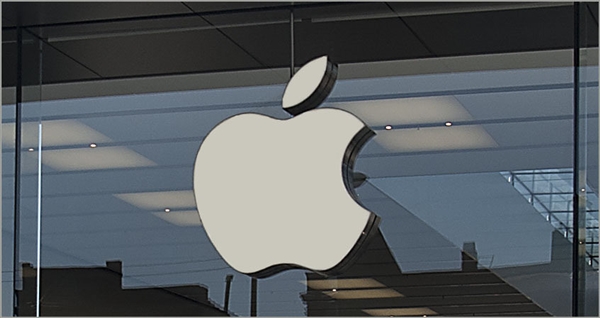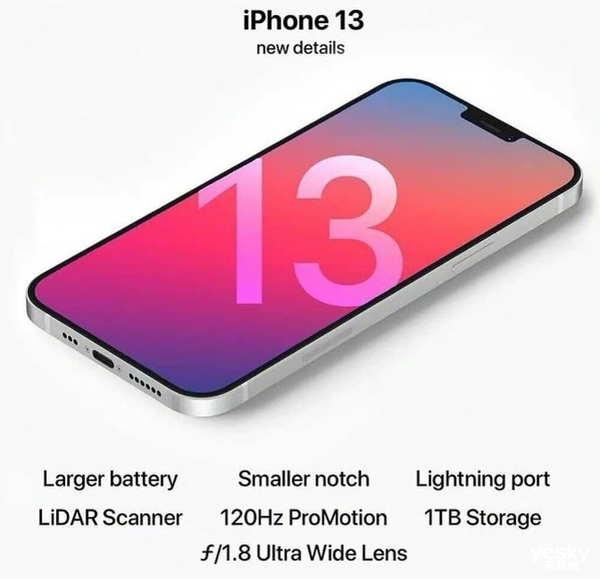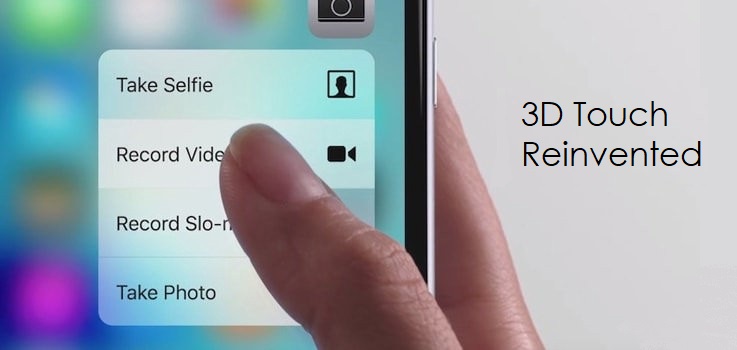Some time ago, it was reported that the iPhone 13 has begun to sample. Compared with the iPhone 12, Apple will still use the Face ID design on the iPhone 13, but thanks to more advanced technology, the iPhone 13 will have smaller bangs than the iPhone 12.
According to the newly exposed iPhone 13 renderings, the area of the bangs of the iPhone 13 is indeed greatly reduced, and the borders around the screen are further narrowed. The overall visual effect of the screen is better than the current one, with a higher screen-to-body ratio.
It is understood that the iPhone 13 will use the latest D-ToF (Direct ToF) technology to replace the existing Face ID components, which will reduce the volume of the 3D structured light sensing module accordingly
In addition, the CMOS of the iPhone 13 will also be upgraded, and the entire iPhone 13 series will be equipped with a sensor displacement anti-shake system as standard.
At present, the sensor displacement anti-shake technology has been implemented on the iPhone 12 Pro Max, which can stabilize the camera’s sensor instead of the traditional lens anti-shake, helping the phone obtain higher image stability and improving the quality of the film.
Earlier analyst William Yang also pointed out that the iPhone 13 Pro series only has a 120Hz OLED display. Based on the above changes, he boldly predicted that the total shipments of the iPhone 13 series this year may reach 80-90 million units.
As for the price, some netizens speculate that the design and performance of the iPhone 13 will be improved, and it may become the most expensive iPhone series in history.






